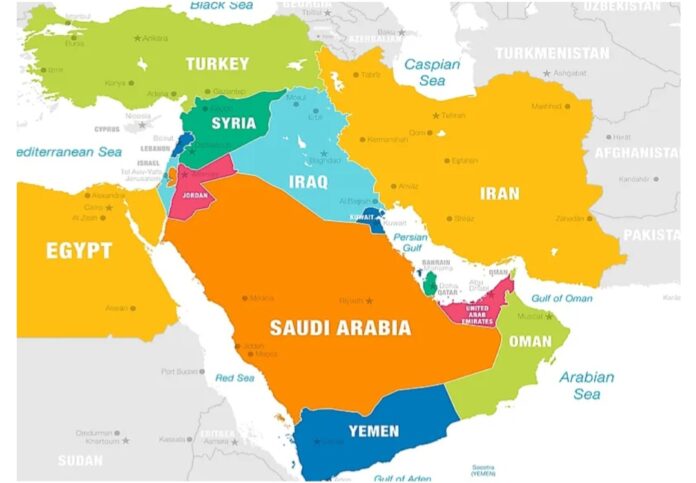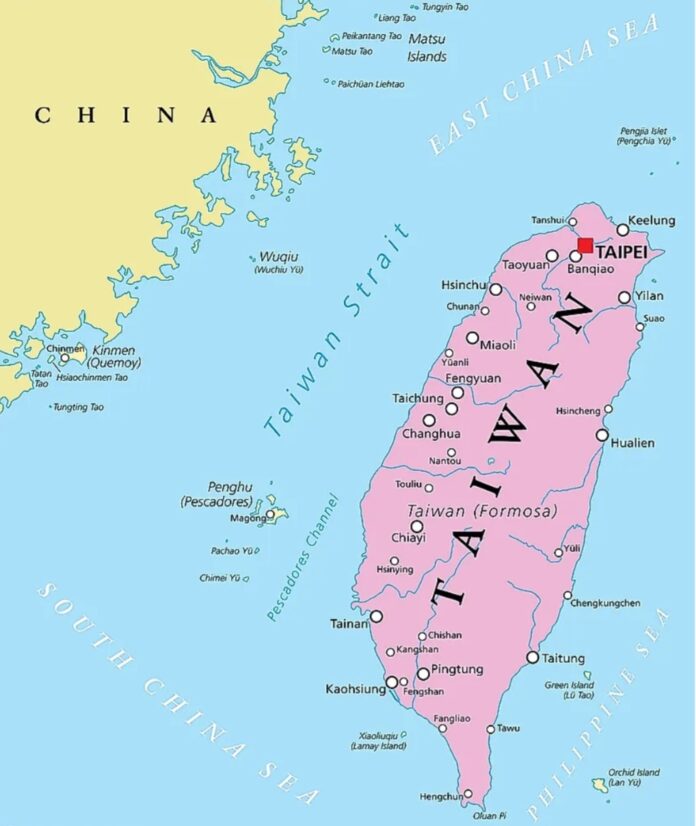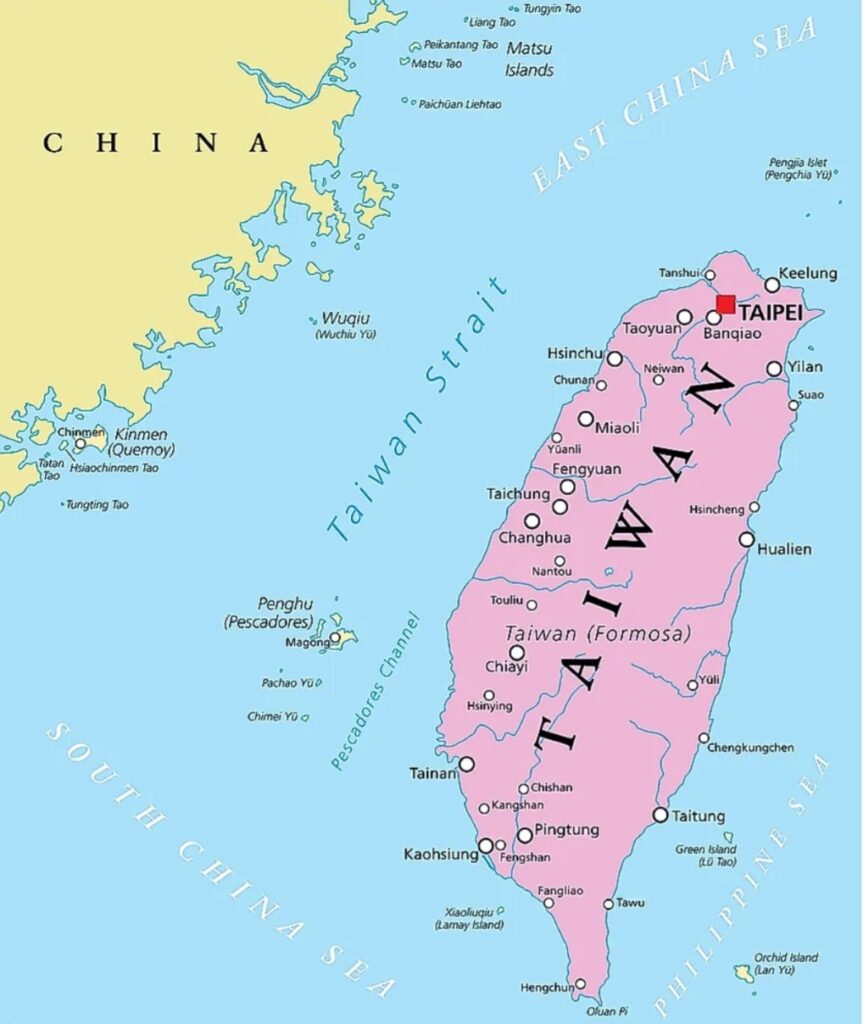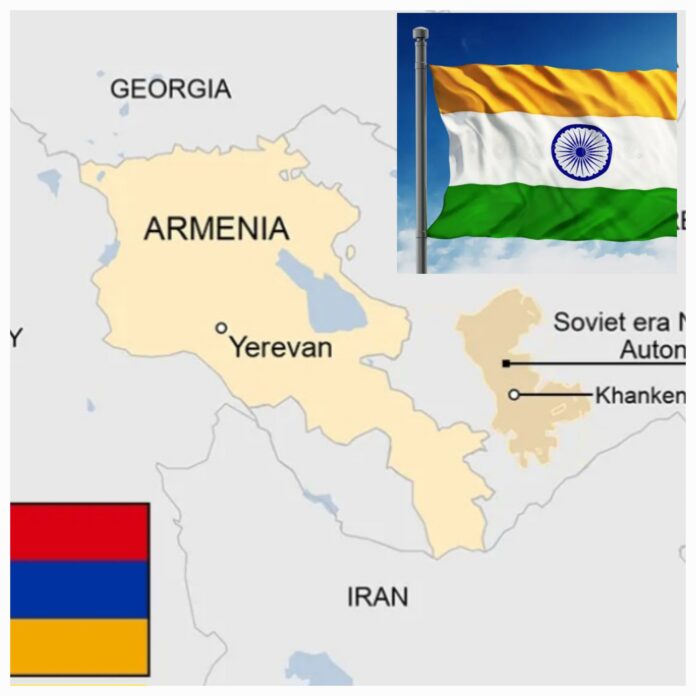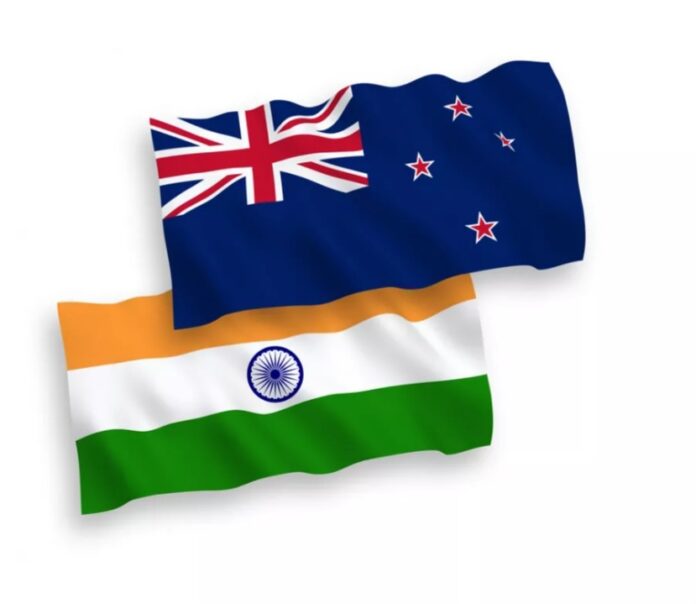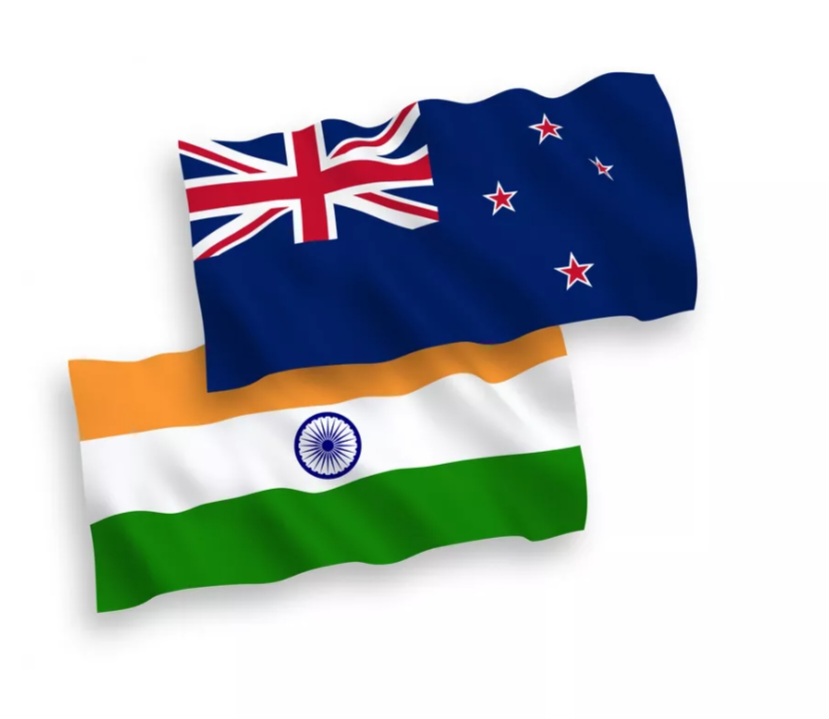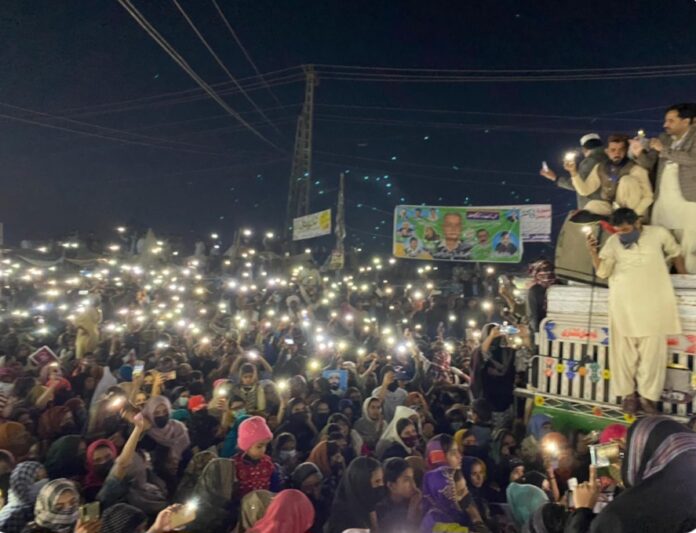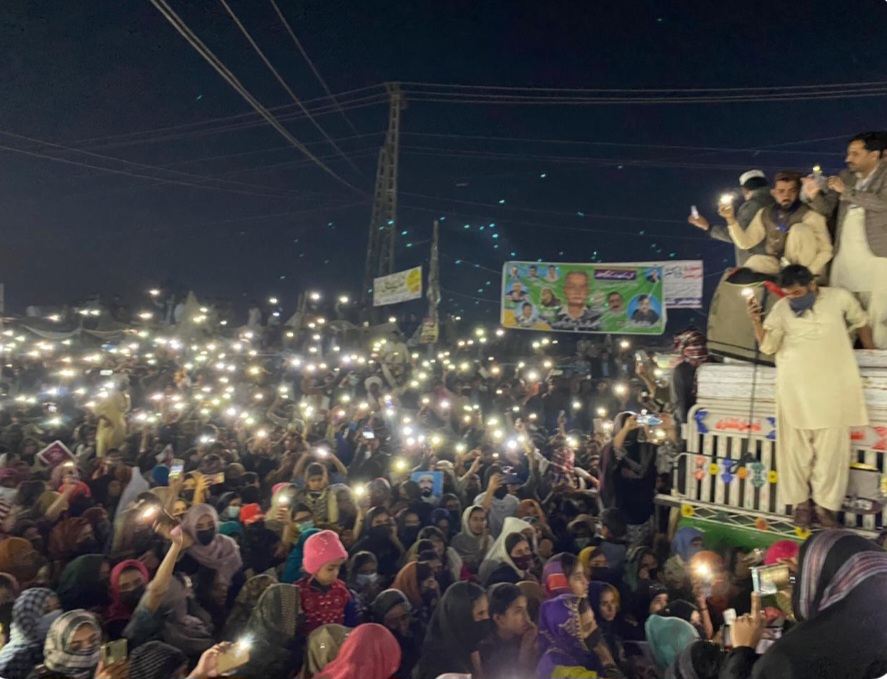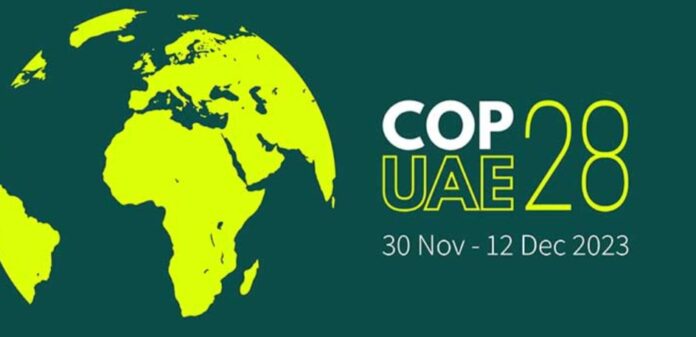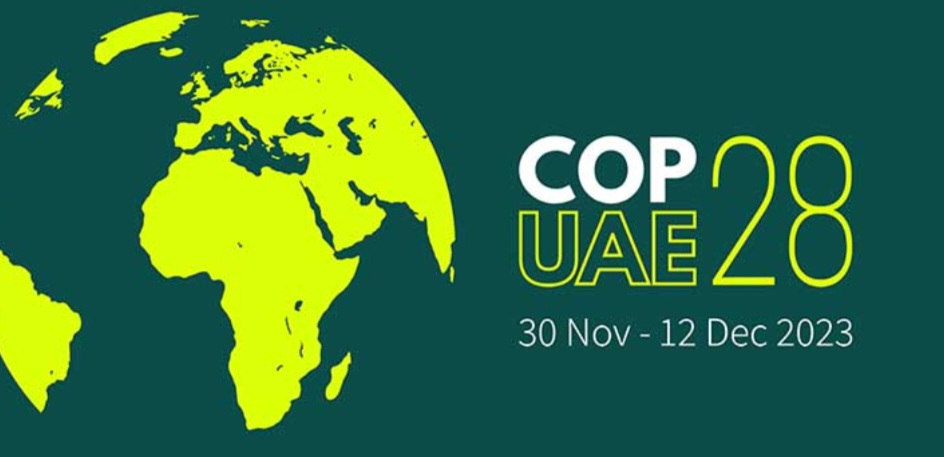By: Rajnish Kumar
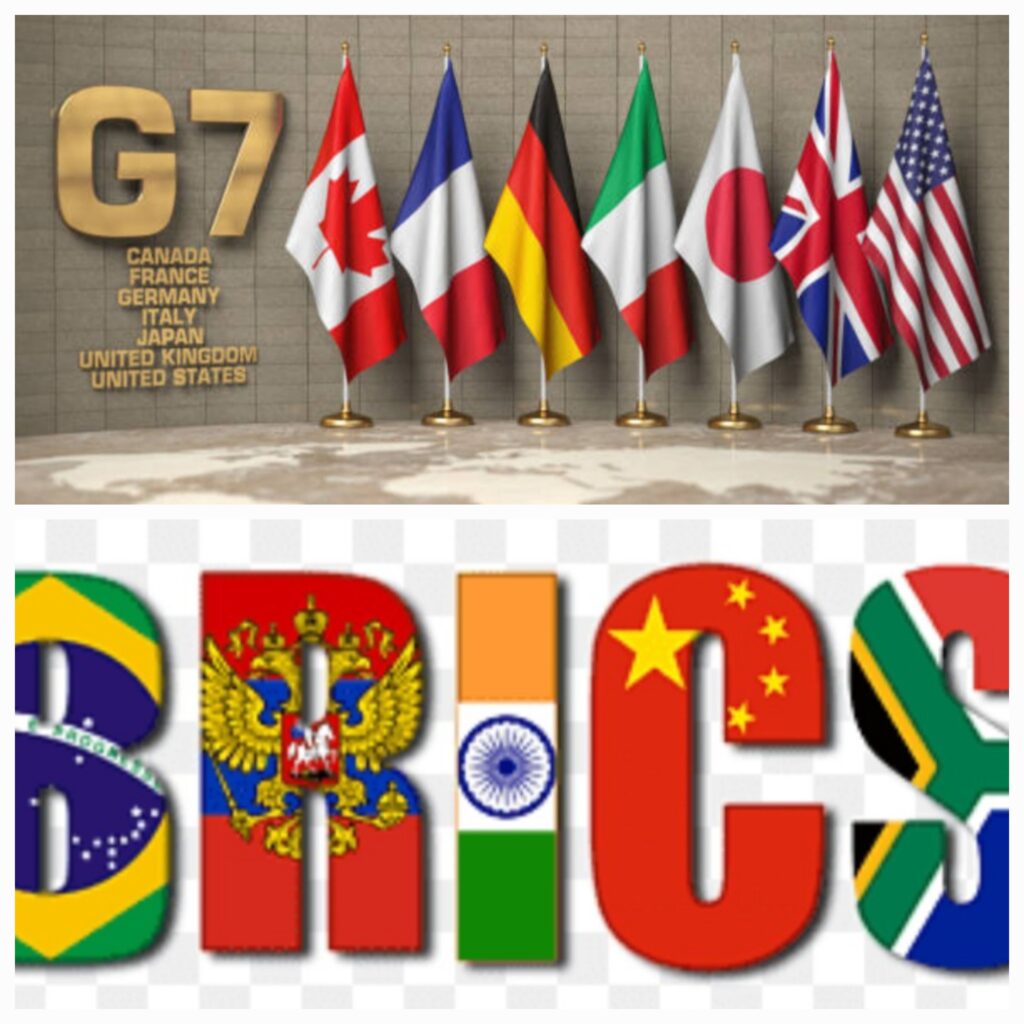
The BRICS has provided a platform for cooperation for emerging economies that face common challenges. Many countries have applied for membership, but only six of them got the membership and joined the BRICS. BRICS comprises 46% of the world’s population, 29% in terms of nominal GDP, and controls 42% of oil production.
Now membership has been increased from five to eleven nations. Brazil, Russia, India, and China were the founding members of the BRIC. Before the joining of South Africa in 2010, it was BRIC which was then renamed to BRICS. The first meeting was held in Yekaterinburg, Russia in 2009. Now six more countries have joined this group from January 01, 2024. The six new member-nations are Argentina, Saudi Arabia, Ethiopia, Egypt, Iran, and UAE. Iran was added to this group because of Russia’s manoeuvring. They both are close allies. The emphasis is more on its unity and it is all about the emergence of the Global South and greater representation. This may bring global tensions to the fore, mostly in the West. As emphasised BRICS can be the most solid block globally. BRICS countries want to work a modus operandi. BRICS main cooperation areas are finance, health, technology, security, and business. This shows Global South-South cooperation and multilateral engagement.
Economic Reasons
The BRICS countries comprise 25% in terms of nominal GDP and are emerging markets. It is also emphasized not using dollars anymore for their trade. They want to trade in a digital currency. The BRICS has formed ‘The New Development Bank’ based in Shanghai. The main focus of this bank will be on infrastructural development and financial stability.
They have developed a Contingent Reserve Arrangement (CRA) which will protect against global liquidity pressures and the potential for the short-term balance of payment availability. The CRA was formed to compete with the IMF. It was formed in 2014 during Brazil’s meeting by the Treaty of Establishment of the Contingent Reserve Arrangement.
They jointly developed the BRICS payment system and BRICS basket reserve currency. African nations will get more development opportunities and realize industrialization and economic diversification. This will be a win-win situation for the African Nations. They also want to make Africa a Continental Free Trade area which is going to be the engine for their economic development.
Russia’s supply of food materials to African nations will also continue. BRICS has developed the ‘Vaccine Research and Development Centre’ for preventing large-scale infectious disease and global health governance. BRICS do not want to use the Dollar as their currency anymore. They use the term de-dollarization of the region, which means more trust in the local currency.
Most of the BRICS countries have very little trade between them. But their trade with the G7 countries is more in comparison. European Union uses their currency which is also a reason they want to counter it by trading in their currency.
While paying debt they have to pay more in dollars, so they want an alternative to over-reliance on the US dollar. There will be equal distribution of shares between the shareholders of NDB.
Political Robustness
BRICS is a larger grouping than the G7. Many countries have an interest in joining the group. China was very keen to expand its members. This group can be ‘BRICS plus’ for a wider scope and cooperation at higher level. Although dozens of countries were interested to join, now only six have been added. Indonesia and Mexico also wanted to join the grouping but they might get a chance in the next meeting. The motive of Russia and China to expand the group is to counter the West.
But can it be fruitful for countries like India and Brazil to go against the West? India has very close ties with the West. There are some tensions between India and China related to their border issues. It can be challenging for India to balance with the West while pursuing its multilateral cooperation and national interest within the BRICS
Institutions like the IMF and the World Bank are dominated by the P5 countries; three out of five are from the West.
Grouping in the BRICS is the rise of rest as they are underrepresented by the dominance of the West in many institutions. Expanding the grouping is for getting more opportunities and engagement of like-minded nations. It is also important for them to have mutual trust, maintain proper communication, coordinate on major international issues, and security cooperation.
Strategic Strength of BRICS
Since the BRICS controls nearly 42 % of oil production, they are not worried that if they start trading in their local currency, there will be little impact on their trade while having sanctions on them. To counter the sanctions imposed by the UN on countries like Russia, and Iran they developed the BRICS payment system and the NDB.
The main grouse of BRICS nations is that the West is using the dollar as a weapon. Hence, they have created a more institutional and multilateral architecture to reflect their desire.
Global economic platforms and infrastructures are available like the IMF and the World Bank but still, nations are willing to join the BRICS. The reason is simple that they want their representation. Out of the BRICS countries, only two have a permanent seat in the UNSC, and the other three seats are within G7 countries.
G7 countries were not able to help many nations during the global pandemic Covid-19. Most of the nations are victims of colonialization. They have diverse security concerns like terrorism, regional conflicts and cyber threats.
Conclusion
Day by day the functioning of BRICS is getting better. This grouping can be criticized on the basis that this will work as an alternative pole. This may create a situation like the Cold War period. There are some differences within the group if we talk in terms of democracy. If we compare the trading pattern of the European Union trading in their currency EURO it may take a longer time for the BRICS countries. It can be said that they are trying to copy the West on some stances.
Indo-Pacific is a growing region for trade and the US dominates it. These regions may be chaotic in the future; no one can predict the interests of the states. China wants to expand its economy as much as possible and the US is trying to counter it. If more members join the group there are chances that this group may dominate the globe and can be a threat to the US hegemony, which is diminishing. This may be a power shift or a change of world order by the Global South in general and the BRICS in specific.


